NISGUA continues live coverage of the trial in Guatemala of Efraín Rios Montt and Mauricio Rodriguez Sánchez for genocide and crimes against humanity.
Read our previous summaries: Day 1, Day 2, Day 3, Day 4/5, Day 6, Day 7, Day 8, Day 9, Day 10, Day 12 and full archive of ongoing live Twitter coverage.
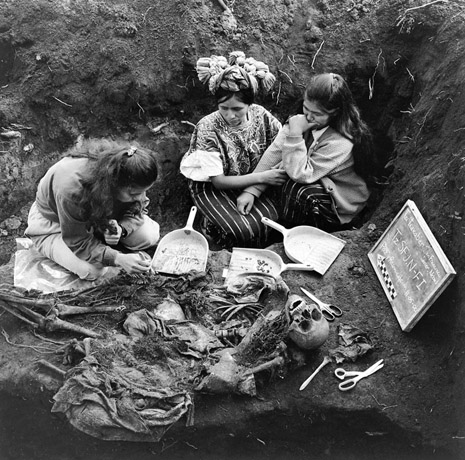 |
| Jonathan Moller, Sisters watch an exhumation, 2000, from Our Culture Is Our Resistance |
Public Prosecutor: If you find a child’s clothes associated with the remains, does that help identify the victim?
Archela Garcia: No. It is an additional clue but identities are based solely on physical remains.
Archela García recognized the imperfections of the forensic process, “We are able to give an approximate date when the bodies were buried. The date isn’t exact but it’s close.”
While the experts are mostly forensic anthropologists and archaeologists, they span a range of disciplines, serving as proof of FAFG’s holistic approach to forensic investigation. In addition to forensic anthropologists, social anthropologist also form part of the exhumation team. Social anthropologists collect evidence to corroborate archaeological findings and piece together the context in which victims died. Their methodology includes interviews with the victim’s family members or witnesses of their death. Social anthropologist Juan Ramon Donaldo Vivar explained, “The social anthropologist guides the path that the forensic anthropologists take. We recuperate the history and take testimony… Our goal is to identify the victim and the cause of their death.”
María Soledad Rodríguez Martínez, a FAFG technician, testified on another aspect of the forensic process, the collection of DNA samples for identifying victims. The work of the forensic experts validates the death of victims who eyewitnesses have identified in oral testimony. Their testimonies confirm deaths of women, children, and elderly due to firearms, machetes and other violent traumas. One witness on day 12 ratified his findings of a fetus in a clandestine grave.
On day 13, FAFG assistant director José Sausnavar testified. Like many of the forensic experts, Sausnavar is highly qualified in his field and has experience outside of Guatemala, working on exhumations in Kosovo, Serbia, Congo, and Honduras. Sausavanar, along with two other expert witnesses, ratified their participation in the exhumation of hidden graves in the community of Chel, Chajul in January 1998. Sausanavar described the massacre of the community of Chel,
Soldiers brought groups of 4 to 5 people to a bridge. They hit them in the head with machetes and then throw them into river, witnesses saw this from afar. Then the army burned houses and crops. Survivors got together and built a makeshift dam to recover the bodies from the river. They spent 5 days carrying bodies to the cemetery. However, by the 5th day, the bodies were decomposing, the survivors could no longer bring them all the way to the cemetery. Instead, they carried them partway and dug new graves for them closer to the river.
Ixil survivors delivered their own eyewitness account of the Chel massacre; however, archaeological findings uncover even more details, Sausnavar explained, “Evidence in the bones reveals that this person tried to defend himself against his aggressor.”
FAFG founder and director Fredy Peccerelli opened trial day 14. He delivered his expert report accompanied by a multimedia presentation of his conclusions. Peccerelli gave the courtroom an overview of FAFG’s work, narrowing the analysis down by region and time period to the specific range implicated in the genocide case. Peccerelli explains:
Since its founding in 1992, FAFG has completed 1,424 total cases and uncovered the remains of at least 6,634 individuals. Limiting the range of FAFG’s work to December 8, 2011, the start of the legal process in the genocide case, the numbers total 1,116 cases and at least 5,810 individuals.
FAFG works in 5 Guatemalan departments – Baja Verapaz, Alta Verapaz, Chimaltenango, Peten, and Quiché. Just in the Ixil region, department of Quiché, FAFG has completed 314 cases and uncovered the remains of 1179 individuals.
These numbers can be broken down even further, by specific community that the genocide case focuses on. In Nebaj, FAFG completed 205 cases and uncovered 191 individuals’ remains. In Chajul, FAFG undertook 88 cases and uncovered 211 individuals’ remains. In Chajul, FAFG complete 21 cases and uncovered 16 individuals’ remains.
In Nebaj, on average, 2.3 bones were uncovered per individual. In Chajul, on average, 10.3 bones were uncovered per individual In other words, the deaths were due to acts of a massive and violent character.
Of the total number of victims in Ixil region, 352 were identified as victims from direct violence, – 348 deaths (98.88%) are associated with extrajudicial executions, while 94 deaths (29.98%) are associate with indirect violence, i.e. forced displacement.
In a conventional war, every 2 out of 10 combat wounds results in death. In the case of Guatemala, 8 out of every combat wound resulted in death.
Up until December 8, 2011, 219 (52%) of recuperated remains were identified by name. If the date range is expanded to included FAFG cases since December 8, 2011, the number of identified individuals increases to 229 (54%) and includes:
Jacinto Chel
Juan Ramírez
Baltazar Juan
Domingo Raimundo Brito
Pedro Santiago
Rafael de Paz Chávez
Tomas Andres Chávez
María Chávez Raimundo
Elena Chávez Raimundo
Domingo PèrezFAFG is currently working at the Visan military base where they have already uncovered 5 bodies. 60 other cases in the Ixil region have already been authorized for FAFG to continue its work.
FAFG Director of Operations Claudia Eugenia Rivera Fernández, and forensic archaeologists Guillermo Ernesto Vásquez and Sergio García rounded out the forensic teams’ participation in trial day 14. More forensic experts are expected to participate at later dates of the trial.
NISGUA has provided international human rights accompaniment to FAFG human rights defenders through the Guatemala Accompaniment Project and has circulated urgent action campaigns in response to threats to Fredy Peccerelli and the entire FAFG team related to their work.

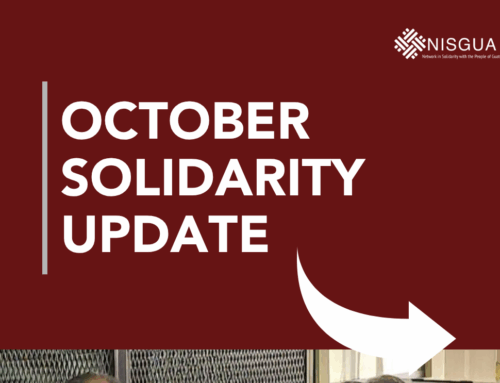
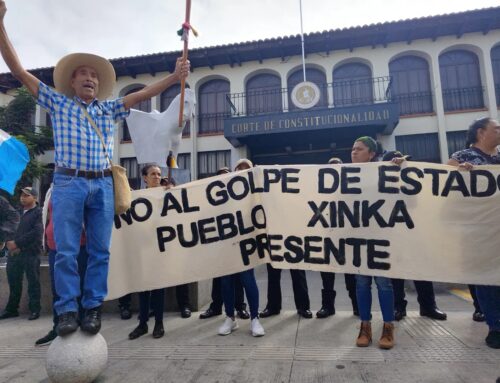
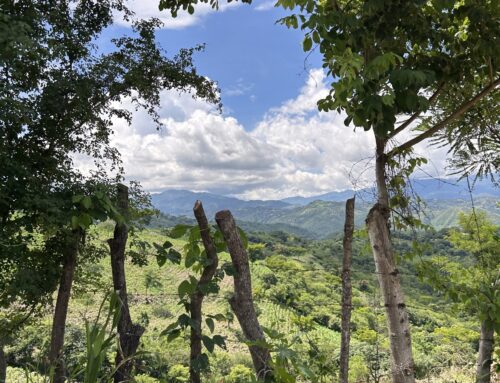
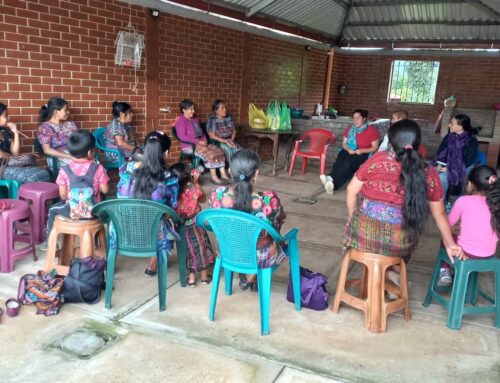
Leave A Comment